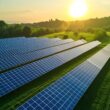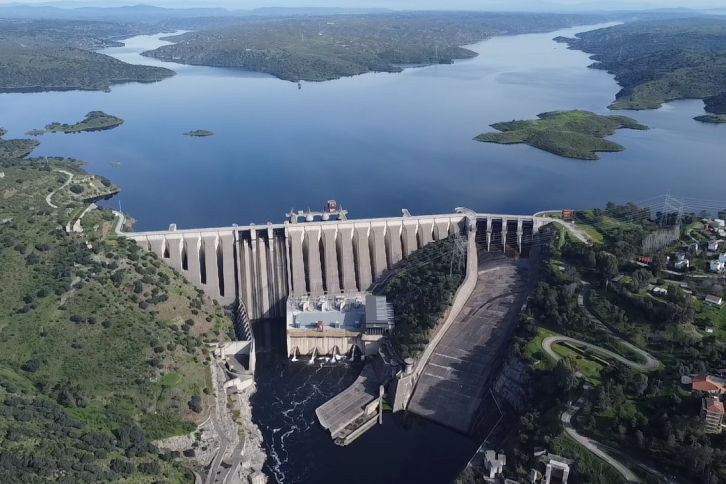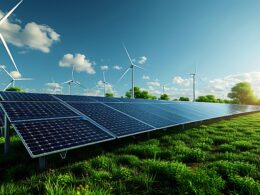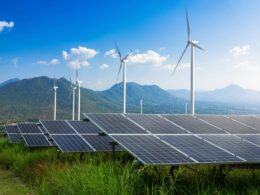The construction of Iberdrola’s new Alcántara II reversible hydroelectric pumping station in Extremadura, southwest Spain, has moved one step closer to reality after receiving a favourable Environmental Impact Statement (EIS) from the Ministry for Ecological Transition and the Demographic Challenge. With this approval, the project is set to proceed after receiving both a favourable EIS and grid access approval and is now awaiting its prior administrative authorisation.
The Alcántara II plant will have an installed capacity of 440 MW and enable reversible energy storage of up to 16 million kWh, equivalent to the average daily electricity consumption of over 4 million people. The system is designed to provide firm power for up to 37 hours at full capacity and generate an additional 1,000 GWh per year using the same water resources, reducing carbon emissions by approximately 355,000 tonnes annually. This project aims to improve the integration of renewable energy, such as solar and wind, into Spain’s electricity system.
The plant design incorporates existing dams, connecting the Cedillo lower reservoir with the Alcántara upper reservoir via a 0.9-km double underground hydraulic circuit. The plant will operate two reversible turbines, each with a capacity of 220 MW, leveraging a 108-metre elevation difference between the reservoirs. This “closed-loop” system will reuse the same water without affecting other users of the Tagus River, as the water is non-consumptively circulated between the two reservoirs.
Pumped hydroelectric plants, like Alcántara II, are recognised as the most efficient large-scale energy storage solution. They operate as ‘giant batteries’, storing energy in the form of water in an upper reservoir and generating electricity by releasing water to a lower reservoir when needed. During off-peak hours, the water is pumped back to the upper reservoir for reuse, offering a highly responsive and sustainable method for stabilising the grid.
The project’s environmental measures focus on protecting local wildlife and flora, including cross-border initiatives aimed at enhancing biodiversity. The use of recycled materials also supports the circular economy.
In July, the project was awarded €44.9 million by the Institute for Energy Diversification and Saving (IDAE) as part of Spain’s Recovery, Transformation, and Resilience Plan, financed by the European Union’s Next GenerationEU program. The plant was recognised for its economic viability and its technical capacity to integrate renewable energy, receiving the highest possible score under the programme.





















